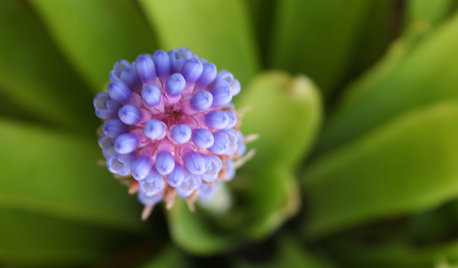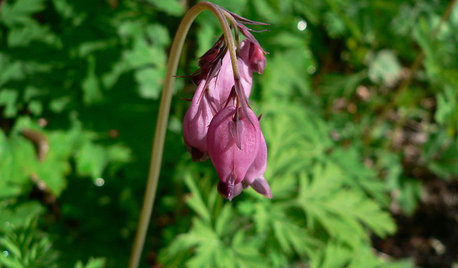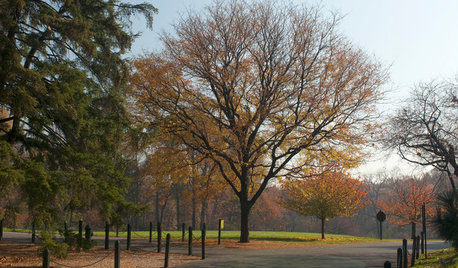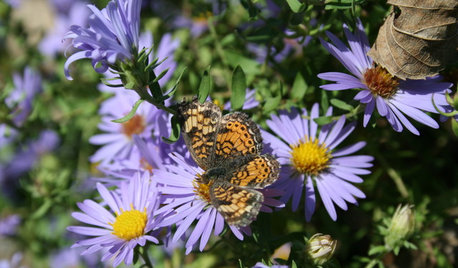Leaf Litter based FW planted tank
birdwidow
16 years ago
Related Stories

GARDENING FOR BUTTERFLIES3 Ways Native Plants Make Gardening So Much Better
You probably know about the lower maintenance. But native plants' other benefits go far beyond a little less watering and weeding
Full Story
ARBOR DAY8 Reasons to Plant a Great Tree
Beauty is its own reward, but the benefits of planting the right tree in the right place go way beyond looks
Full Story
GARDENING GUIDESBromeliads: The Ultimate Collector’s Plants
Once you discover bromeliads’ exotic beauty, wide-ranging colors and intriguing patterns, you’ll never go back
Full Story
GARDENING GUIDESGreat Design Plant: Western Bleeding Heart
Delicate heart-shaped flowers belie a tough nature in this woodland spring perennial
Full Story
GARDENING GUIDESGreat Design Plant: Honey Locust Tree
No, it doesn't actually produce honey. But its dappled light and tolerant nature are treats in city and country settings alike
Full Story
HOUSEPLANTS8 Essentials for Healthy Indoor Plants
Houseplants add so much to our homes — and can thrive when grown in the right conditions. Keep these tips in mind
Full Story
HOUSEPLANTS10 Top Plants to Grow Indoors
Brighten a room and clean the air with a houseplant that cascades artfully, stretches toward the ceiling or looks great on a wall
Full Story
GARDENING GUIDESGreat Garden Combo: 3 Wonderful Plants for a Deer-Resistant Screen
Protect your privacy and keep deer at bay with a planting trio that turns a problem garden area into a highlight
Full Story

LANDSCAPE DESIGNThe 7 Best Plant Types for Creating Privacy and How to Use Them
Follow these tips for using different kinds of plants as living privacy screens
Full Story





petiolaris
birdwidowOriginal Author
Related Professionals
Garden City Landscape Architects & Landscape Designers · Lake Oswego Landscape Architects & Landscape Designers · Longview Landscape Contractors · Pine Hills Landscape Contractors · Post Falls Landscape Contractors · Rochester Landscape Contractors · South Hackensack Landscape Contractors · Vancouver Landscape Contractors · Waipahu Landscape Contractors · Markham Landscape Contractors · Fredericksburg Decks, Patios & Outdoor Enclosures · Mitchellville Decks, Patios & Outdoor Enclosures · Salisbury Decks, Patios & Outdoor Enclosures · Spokane Decks, Patios & Outdoor Enclosures · Towson Decks, Patios & Outdoor Enclosuresgaryfla_gw
birdwidowOriginal Author
garyfla_gw
birdwidowOriginal Author
garyfla_gw